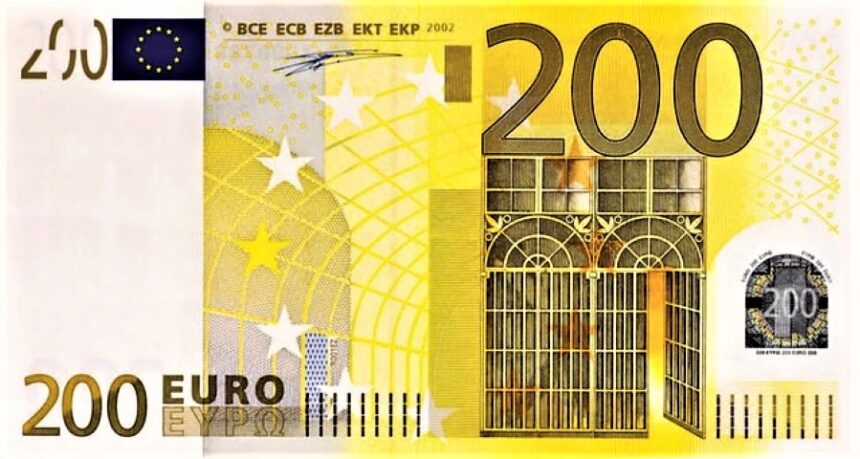EURUSD price shows a continuation of the short term rally.
The EURUSD pair is up slightly on Wednesday, trading in the 1.0860s against the US Dollar (USD), following the release of solid German trade statistics, which indicated a larger-than-expected increase in the country’s trade surplus.
Germany’s trade balance increased to €27.8 billion in January, above predictions of €21.5 billion and the previous surplus of €23.3 billion, according to Statistisches Bundesamt Deutschland (SBD).
A recent survey found that the euro is the most favored currency among global central banks.
The release signals increased demand. for Euros from international importers of German products. It comes after good Eurozone PMI data issued on Tuesday, and contrasts with weak US factory and PMI data, which has knocked the wind out of the Dollar’s sails.
EURUSD gets appeal.
According to a recent study conducted by a London-based think group, the euro is the most preferred currency among global central banks, the major players in currency markets.
According to a study of 75 major central bank reserve managers conducted by the research tank OMFIF, around 15 central banks expect to increase their Euro reserves in 2024-25.
“Net demand was higher than for any other currency during the period and a jump from the 2021 and 2022 surveys of reserve managers controlling nearly $5 trillion,” according to a Reuters report quoting the survey.
Central bankers cited the return of Eurozone bond yields to positive territory after years of negative rates, as well as a relatively more solid outlook for the future – despite expectations of interest rate cuts – as reasons for their pursuit of the EURUSD.
Eurozone Retail Sales are predicted to fall 1.3% YoY in January, but rise 0.1% MoM, according to data announced later today at 10:00 GMT. A substantially higher-than-expected reading would be good for the EURUSD.
The important event of the week, however, is the European Central Bank’s (ECB) policy meeting on Thursday. Analysts are waiting for a shift in communication: so far, the ECB has been silent about. When it anticipates rate cuts, as opposed to less reserved peers. However, other analysts believe March is the time to throw caution to the wind.









